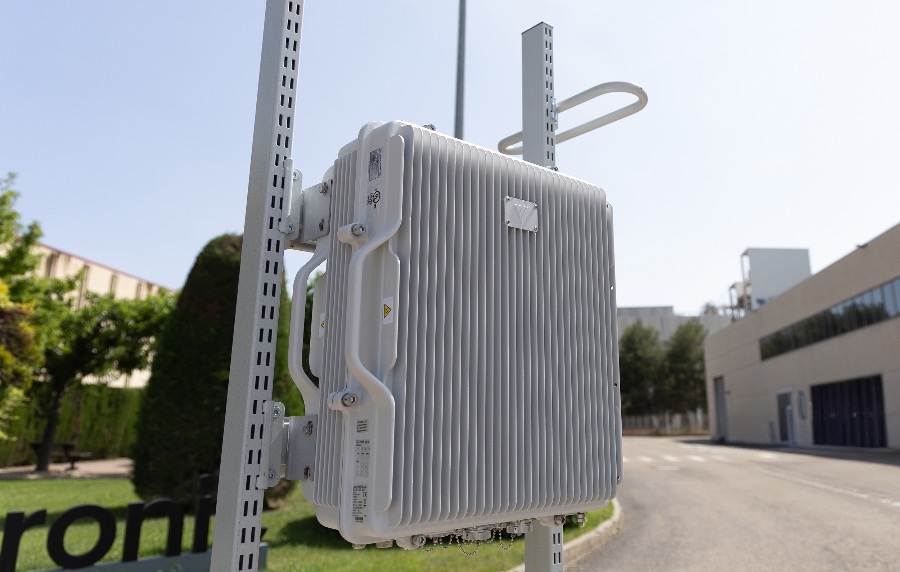
Teltronic, a Spanish company with 50 years of experience in the design, development, and deployment of critical communications solutions, has introduced its new GBS (Green Base Station) during the Critical Communications World event. This next-generation TETRA base station integrates Artificial Intelligence algorithms to minimize energy consumption and reduce environmental impact.
Designed in compliance with IEC 62443 cybersecurity standards at its Zaragoza (Spain) headquarters, the GBS employs Machine Learning techniques to optimize power usage. Compared to other TETRA base station configurations, it enables an average energy saving of up to 70%, positioning it as the most efficient and sustainable option in its class.
The GBS delivers the same output power as conventional base stations but in a more compact and lightweight form factor, reducing infrastructure costs, eliminating the need for additional hardware, and facilitating both installation and remote maintenance. With an IP65 protection rating, it can be deployed outdoors without the need for technical rooms or special conditioning. It adapts to any environment through different mounting and power supply options (AC or DC), and it can even be powered by solar panels.
“The GBS sets a new standard for sustainability in critical communications infrastructure. At a time when TETRA technology is already highly mature, Teltronic takes a step further by addressing one of the industry's most frequent demands: solutions that reduce power consumption and environmental impact,” says Marta Fontecha, the company’s Product Marketing Director.
Capable of supporting up to four TETRA carriers in a single unit and delivering up to 40W of power, the GBS maintains the multi-carrier capabilities of its predecessors, while adding more intelligent and efficient network management. As a result, increasing radio resources in a given area is simplified: it only requires license upgrades without the need for hardware installations or site visits.
All this is made possible by Software Defined Radio (SDR) technology, which replaces hardware components with software-based equivalents.
